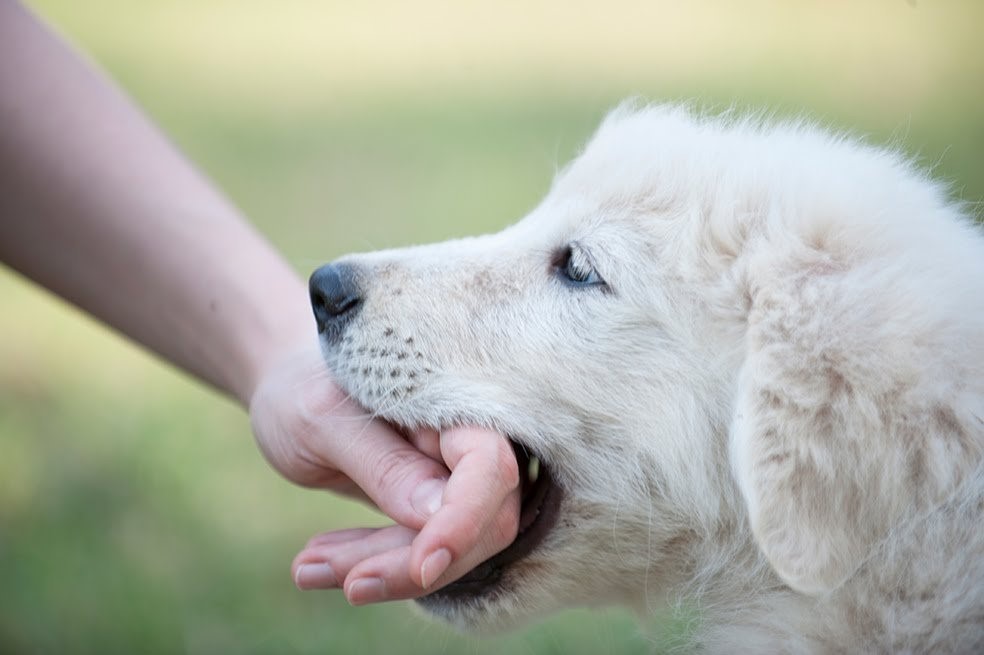One of the most common fears among people who have contact with dogs is the risk of being attacked, whether by a stray dog, a friend’s dog or their own. Cases of dog attacks are always publicized, often with erroneous or alarming information, which causes fear and perpetuates false myths about the subject.
Indice
But it is essential to understand that dogs do not attack for no reason. The possibility of an attack exists and the reasons behind them are varied, so it is crucial to be informed about what to do if a dog attacks, why it happens and how to prevent it.
Why does a dog attack?
Dogs can be aggressive or attack for a variety of reasons, which largely depend on their upbringing and lifestyle. Attacks by domestic dogs are usually due to fear and irritation, as well as inappropriate treatment. Like people, dogs can become angry or feel threatened, and their defense instinct will be activated even if the threat is not real.
Another reason for aggressiveness in dogs is territoriality; they will defend their territory, pups or their humans if they perceive danger. Pain and illness are also common causes of aggression, including tooth decay, infections, fractures and rabies. Mental factors such as stress and anxiety can also trigger aggressive behaviors.
In terms of breeding and lifestyle, dogs considered dangerous breeds and those living in deplorable conditions are more likely to show aggression. These dogs, who do not receive proper care and treatment, are often subjected to stressful situations, which makes them more aggressive and dangerous.
How to identify when a dog wants to attack?
People often confuse a dog’s playfulness with aggression, which can lead to misunderstandings. To prevent a situation from escalating, it is crucial to identify the signs of a possible attack by recognizing the dog’s body language.
Signs include growling, barking, showing teeth and the whites of the eyes, stiff and tense body with bristling hair, head level with the body, ears back, licking lips and slow, steady gait. These signs can appear together or separately, and are clear indications that the dog is uncomfortable and may attack.
What to do in the event of an attack
?
Dog behavior experts agree that maintaining a calm and collected attitude is the best option, although it may seem difficult. Dogs have a great capacity to read human body language; if they detect fear, nervousness or aggression, they will consider the person as a greater threat, which can intensify the situation.
Attacking the dog should be a last resort. Instead of hitting or throwing objects, which can make the situation worse, focus on distracting and calming the dog. Stand still, with your body rigid and your arms close to your body, making fists and placing your body in profile, without turning your back to the dog or looking directly at it. Use your peripheral vision to observe the dog and prevent it from seeing you as a threat.
If the dog does not calm down, use an object as a distraction or barrier. Food, bottles, sticks or bags can be used to divert the dog’s attention. Throwing these objects can give him time to climb to a high place if possible. If you can’t use this method, throw an article of clothing over the dog’s face to block his vision.
Image courtesy of (amp.elespectador.com), all rights reserved.








